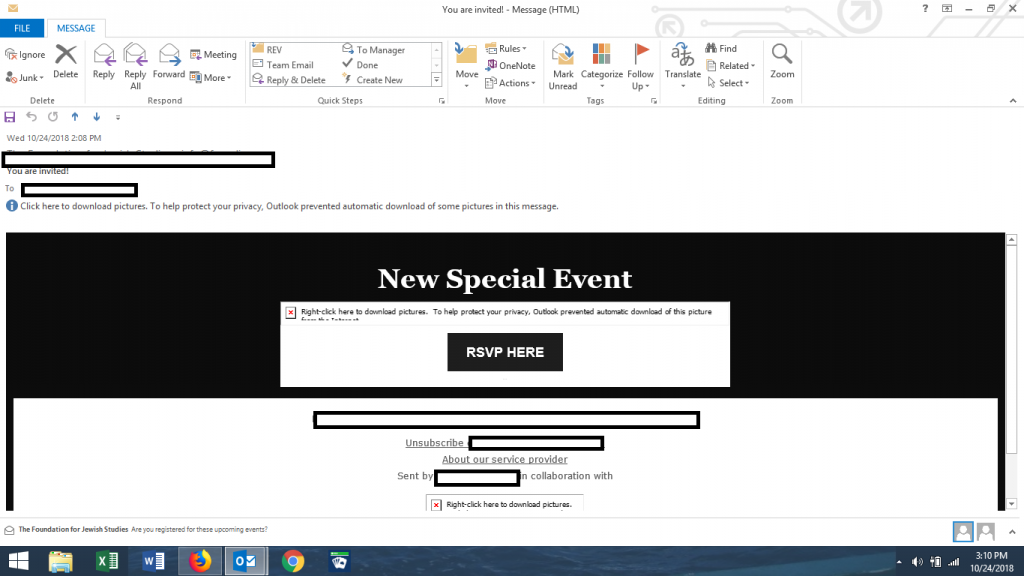For the past several years, there’s been a debate raging in the world of public relations: is the press release dead or not? Some unequivocally state that it is (or should be), and some still use it and see a value in it.
Press releases may not be dead, but they are not as effective
I think that the press release is not dead, but it is not living like it used to. Press releases no longer generate stories. Instead, press releases have become a way for organizations to write a story and distribute it to an audience, generally via their website. And, press releases put on “wire” services may help with SEO.
Move beyond press releases
If, however, you intend to generate publicity and coverage for an organization, you have to move beyond the press release. In fact, you need to work on your pitching skills, and on your data gathering and analysis. Why? Because the world of journalism and PR has changed dramatically in the past decade. News organizations have consolidated. Small/community/local newspapers are struggling, or are gone altogether. Most news is national news, and most national news is political news around very few issues that generate a high degree of controversy. And then social media has disrupted how people get news, and how they interact with news organizations.
Newspapers are still delivered?
(Aside: The community where I live was going to be repairing our street, and closing it to traffic for 48 hours. I expressed concern to the community manager that our newspapers would not be able to be delivered. She asked if these items were delivered every day, and whether I paid for this delivery. In short, she did not have any concept or understanding of what it means to have a daily, print newspaper delivered to your door.)
There are new issues for communicators to deal with
A couple of weeks ago, I attended the National Press Club’s Communicator’s Summit, where the following four issues were addressed:
1) Artificial intelligence in news production/news gathering. The main take-away for PR from this presentation is that for news that is data-based (quarterly earnings reports, for example), newsrooms are creating templates and then using AI to fill out the data.
2) Generational differences and how they affect communication. There are big differences in how Gen X, Gen Y and Baby Boomers deal with hierarchy and how they prefer to communicate. Millennials do not see hierarchy they same way as older generations, and will communicate directly with superiors. They also want to be kept more updated and want feedback. There’s also a marked shift from voice communications to text-based communications.
3) How media organizations are distributing content. Media organizations are using more content platforms (social media, etc) and formats (video, etc.) to distribute content.
4) Today’s challenges and opportunities in getting news out. Frank Sesno gave the luncheon talk, and he discussed many issues ranging from journalists who have forgotten how to provide objectivity, to the constant connection and “breaking news,” which make it harder for communicators to get their message through.
All of the above led me to conclude that we are indeed wasting our time writing press releases in order to generate publicity (earned media). In fact, a couple of the panelists (both were journalists and/or news editors) said we should be providing thoughtful, short pitches and raw data. They said they do not read press releases, and often delete those emails.
We are overwhelmed with email and news
We’ve heard it before, but in our accelerated world, people have even less time to slog through countless emails (and definitely not attachments). Few people listen to voice mail. Communicators may have to find a way to communicate with journalists that does not involve email or phone calls. Some people have had success communicating on social media.
In conclusion
A thoughtful, well-written press release can still play a role in a communicator’s toolkit. But if communicators are seeking publicity, the best bet is to create solid, short, informative pitches backed up with data (when warranted).
Your thoughts are appreciated. Tell me what you think in the comments.










